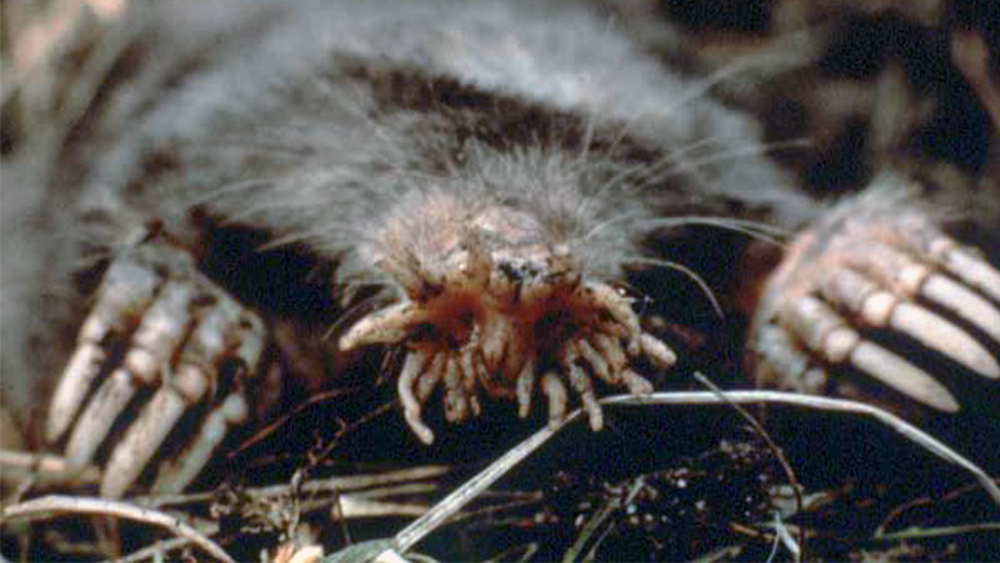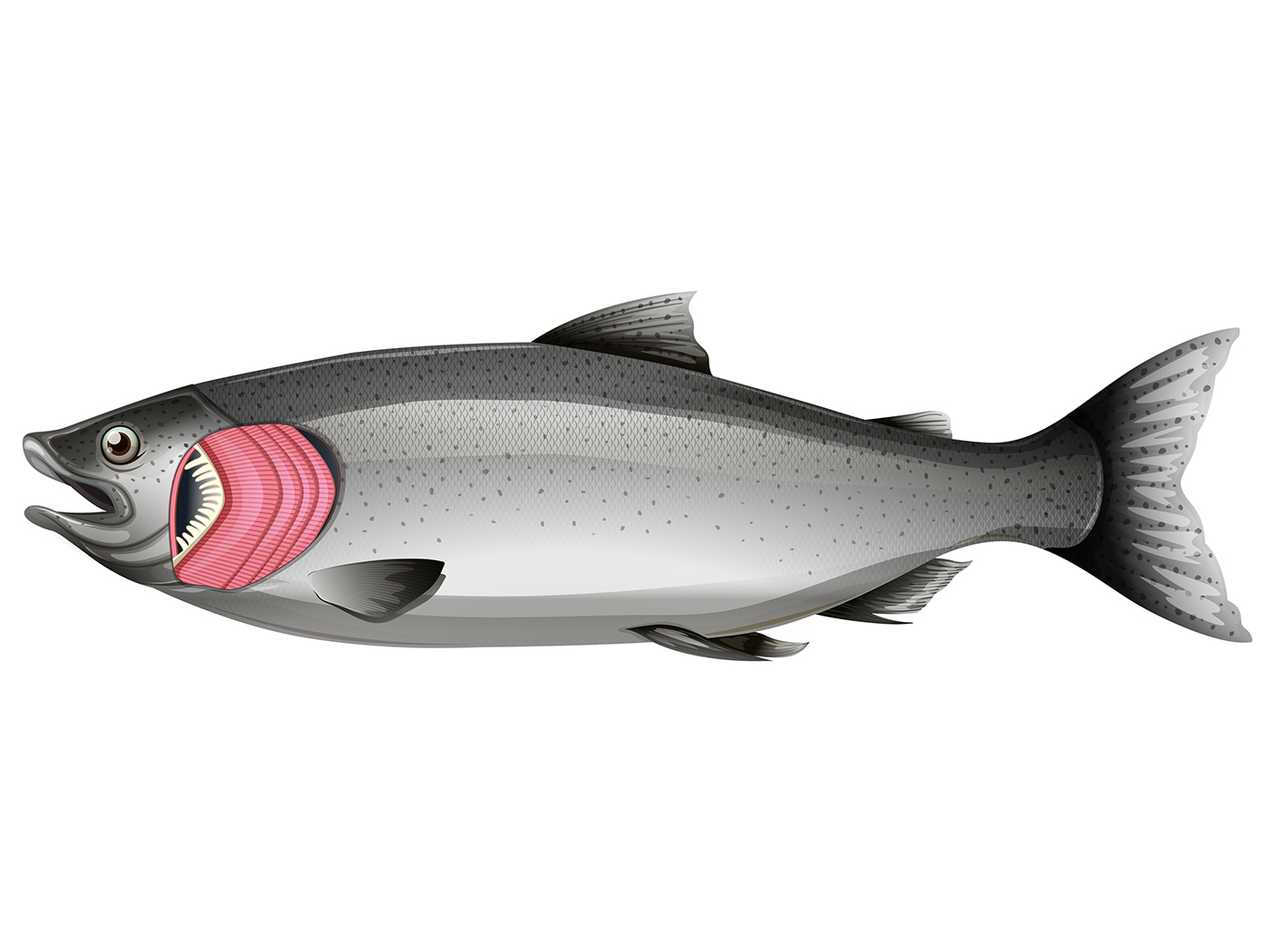The star-nosed mole (Condylura cristata) is a fascinating semi-aquatic mammal found in eastern Canada and the United States. Moles (placental mammals) are classified—along with hedgehogs and shrews—in the Order Lipotyphla. They have no evolutionary history, and evolutionists can only speculate they evolved from unknown Cretaceous ancestors. Fossils of these animals are found in the Palaeocene and Cretaceous.
Not only are moles designed with an amazing sense of smelling in stereo1, but God has created them with special touch organs called Eimer's organs. These structures are very exceptional.
Eimer's organs are specially-designed sensory tissues found in many moles, especially the star-nosed mole. The tentacled snout of this animal has about 25,000 of them. Through the decades, zoologists have discovered that because of Eimer's organs, the star-nosed mole is able to eat very quickly, having an incredible ability to immediately discern what is edible or not. In fact, this rapid forager holds the record of being the fastest-eating mammal, able to identify and eat food in as little as 120 milliseconds.2 The mole is able to make these diet decisions in 8 milliseconds—the speed limit of neural conduction.
How do Eimer’s organs work? Twenty-first-century physiologists still do not understand exactly how these touch receptor types alter touch that are turned into the electrical signals that nerve fibers transmit to the brain. If and when they do, it will only reveal powerful electrochemical and mechanosensory design features that are a result of plan and purpose—not chance and time.
Research continues on the strangest snout in the animal kingdom that helps the hungry mole to rapidly survey pitch-black environments in its search for tiny prey. For about six months out of the year these semi-aquatic moles can forage in cold environments, including water. How do they not lose their touch sensitivity in such frigid conditions? In 2023, thermal biologists Tattersall and Campbell published their investigation regarding the effects of thermal energy on the rostrum (snout) of this creature.
given the exquisite sensory nature of the star [mobile, 22 nasal rays], we posited that the uninsulated rays may be kept warm when foraging to maintain high mechanosensory function. To test these hypotheses, we remotely monitored surface temperatures in wild-caught star-nosed moles. Although the tail acted as a thermal window exhibiting clear vasoconstriction/vasodilation, the star varied passively in surface temperature, with little evidence for thermoregulatory vasomotion.3
In other words, they found the rostrum did not require warmth for the animal to efficiently sense its food. They went on to say, “This thermoconforming response may have evolved to minimize conductive heat loss to the water or wet soils when foraging.”3 Creationists would state, “This thermoconforming response was designed to minimize conductive heat loss to the water or wet soils when foraging.”
The case for creation is clearly seen in this amazing underground animal that is designed with a unique size and shape and the most touch-sensitive structures (Eimer's organs) among the vertebrates and people.
References
- Thomas, B. Moles Can Smell in Stereo. Creation Science Update. Posted on ICR.org February 27, 2013, accessed February 29, 2023.
- Catania, K. and F. Remple. 2005. Asymptoic prey profitability drives star-nosed moles to the foraging speed limit. Nature. 433:7025, 519-522.
- Tattersall, G. and K. Campbell. 2023. Thermoconforming rays of the star-nosed mole. Journal of Experimental Biology. V 226, Issue 3.
* Dr. Sherwin is science news writer at the Institute for Creation Research. He earned an M.A. in zoology from the University of Northern Colorado and received an Honorary Doctorate of Science from Pensacola Christian College.




















